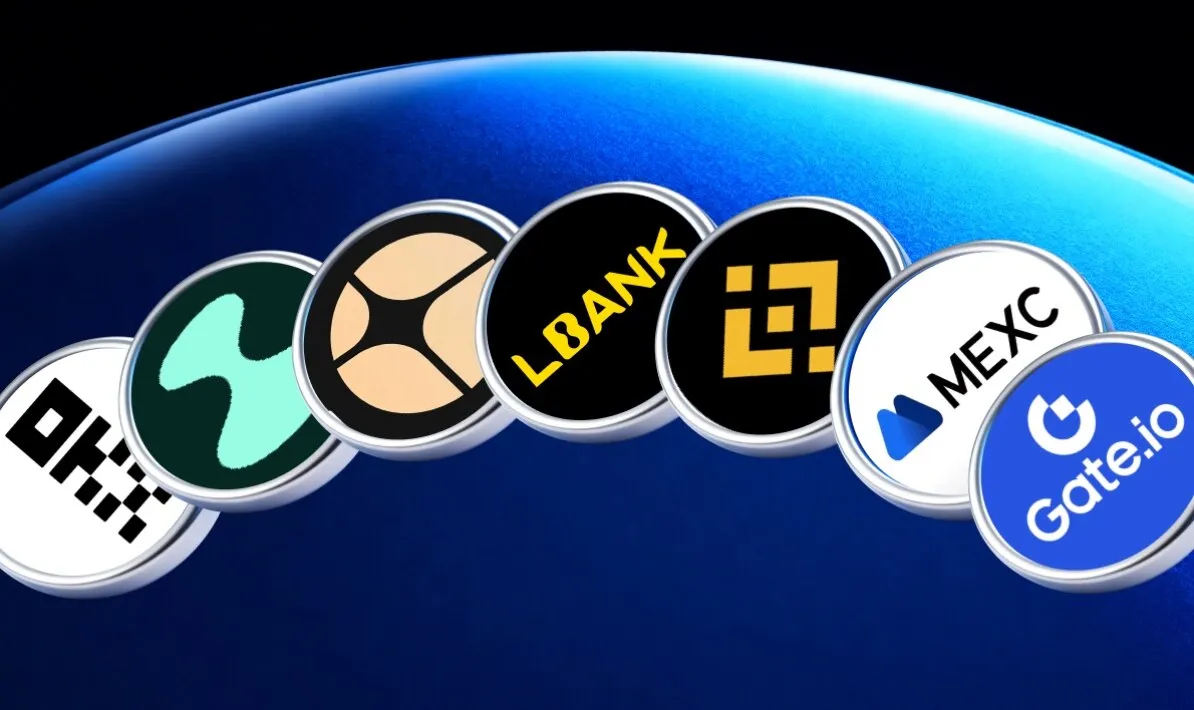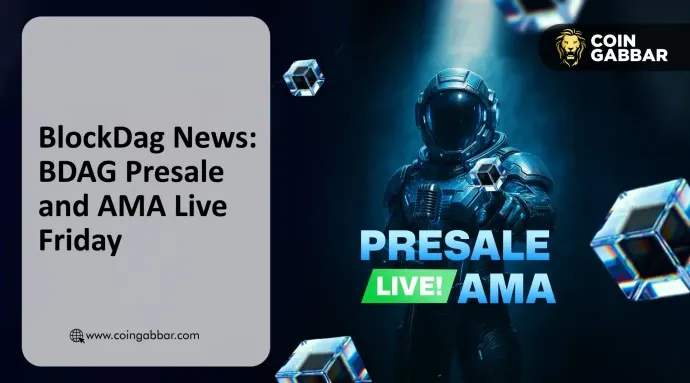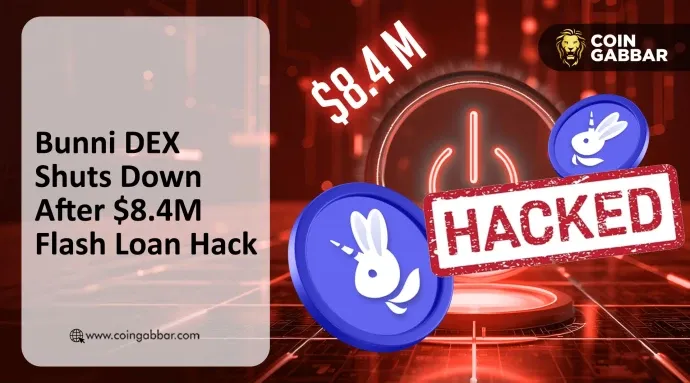Author: Frank, PANews
The Web3 phone Solana Saga, once highly anticipated by the industry, has ceased its technical support just two years after its launch. It went from being overlooked to sparking a buying frenzy due to airdrops, and then to a hasty conclusion, leaving the devices of 20,000 early users almost as "electronic bricks."
The dramatic turnaround of Saga has sparked a wave of sighs and profound questions within the industry: Is the route of crypto phones a false proposition? Was Saga's brief and brilliant lifecycle an expensive failed experiment, or did it illuminate a non-traditional path to success for future entrants? As Solana Mobile fully shifts to its second-generation product, Seeker, these questions have become even more urgent.
Cessation of Support After Just Two Years: Multiple Considerations Behind Solana Mobile
The abrupt end of Saga was unexpected.
According to the norms of traditional phone manufacturers, technical support for a phone typically lasts 5 to 7 years. However, Saga's support ended after just 2 years. The main reason behind this may reveal the significant differences in operations between smart hardware products and typical Web3 projects.
From a business perspective, the Saga project was almost destined to incur financial losses. The Saga phone sold approximately 20,000 units, far short of its sales target of 50,000 units, which could not cover the R&D, production, and marketing costs of high-end hardware. Even niche models from traditional phone manufacturers usually require sales in the hundreds of thousands to ensure operational viability. Providing long-term support for a product line with only 20,000 users is a heavy financial burden.
To make matters worse, Saga's hardware partner, OSOM, went bankrupt in September 2024, making long-term firmware and driver updates nearly impossible. Therefore, Solana Mobile's decision to abandon Saga became a rational, even inevitable, business choice. They opted to cut losses and concentrate limited resources on projects with a higher likelihood of success.
From a hardware standpoint, Saga was a well-equipped high-end Android phone. Compared to ordinary phones, its built-in security design and dApp applications addressed the pain points of transaction security and dApp access for heavy crypto users. However, Saga's failure proved that these enhancements in "product strength" were insufficient to convince users to pay a $1,000 premium, as the vast majority of Web3 tasks could also be completed on regular phones, albeit with slightly different experiences.
The most direct threat was the sharp increase in security risks. As new vulnerabilities were continuously discovered, Saga phones became increasingly susceptible to hacking. For a device whose core design philosophy was to securely handle crypto assets, this was undoubtedly fatal. Additionally, there was the issue of "diminishing utility." With the continuous iteration of the Android operating system and dApps, Saga might not be able to run newer applications, ultimately leading to "potential application failures" and functionality loss.
Moreover, the previous sales miracle of Saga was not due to its product strength being rediscovered by the market, but rather its value as a financial arbitrage tool being unearthed. However, this model is unsustainable and fraught with risks. It attracts speculators seeking short-term profits rather than genuine users loyal to the product and ecosystem. Once the expectations for airdrops diminish or the market cools, this demand will evaporate rapidly.
As a mobile phone is currently the most important hardware device in human society, the actual usage scenarios extend far beyond airdrops and crypto activities. This is also a primary reason why Saga sold well but seemingly went unused.
However, the direct consequence of this business decision is borne by those 20,000 Saga users. Solana Mobile's announcement to cease all software updates and security patches means these devices will permanently remain on the last security version from November 2024. 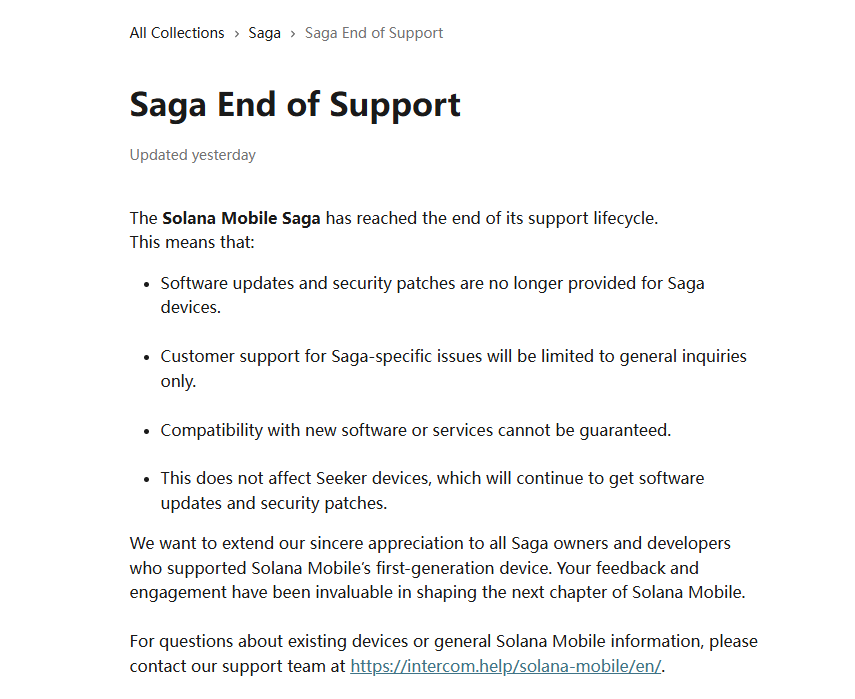
Surprisingly, there was almost no noticeable reaction from users on social media regarding the news of the cessation of technical support. After media reports, Solana Mobile chose to remain silent, only increasing the frequency of retweets related to Seeker activities. This phenomenon suggests that the actual number of active users of Saga may be far lower than the proportion of users who claimed airdrops.
From Overlooked to In-Demand: Luxurious Airdrops Spark Sales Reversal
Looking back at the lifecycle of Solana Saga is like a roller coaster ride.
In May 2023, the Saga phone was officially launched, priced at a staggering $1,000, directly competing with flagship models from Apple and Samsung. Solana Mobile's initial goal was to create a native Web3 device for crypto users and developers, breaking the duopoly of Apple and Google through hardware-level security (seed vault) and an uncensored dApp store. However, this grand narrative failed to resonate with consumers.
After its launch, the market response to the Saga phone was exceptionally tepid. By early December 2023, more than six months after its release, Saga's sales hovered between 2,200 and 2,500 units, far from the "developer ecosystem critical point" of 25,000 to 50,000 units set by Solana co-founder Anatoly Yakovenko. To salvage the situation, Solana Mobile drastically reduced the price by 40% to $599 in August of the same year, but this move still failed to effectively stimulate demand. The mainstream tech community was particularly ruthless, with renowned reviewer Marques Brownlee (MKBHD) labeling it the "most failed smartphone of 2023," a title that accurately encapsulated Saga's awkward predicament at the time.
Just as Saga was about to be forgotten by the market, an unexpected catalyst completely turned the situation around—MEME coin BONK. Each Saga phone came with an airdrop of 30 million BONK tokens, which initially had negligible value. However, as the Solana ecosystem fully recovered by the end of 2023, the price of BONK skyrocketed.
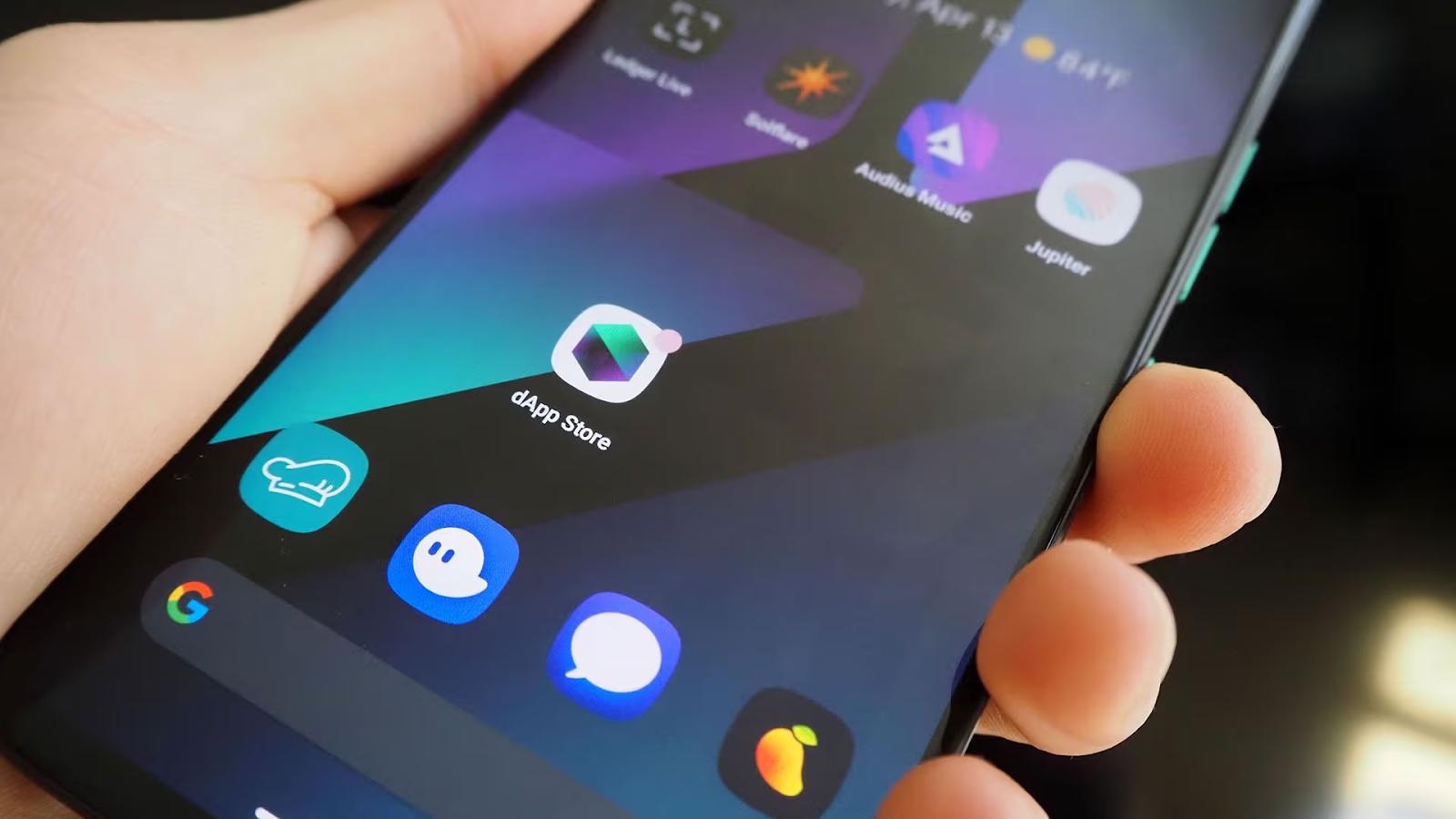
By mid-December 2023, the value of this airdrop had exceeded $1,000, far surpassing the phone's price of $599 at the time. A clear arbitrage opportunity emerged: buy the phone, claim the airdrop, and gain instant profit. This news spread virally on social media, and Saga's narrative instantly transformed from a failed tech product to a hot financial tool.
Sales surged dramatically. In just 48 hours, Saga's sales increased more than tenfold and quickly sold out in the U.S. and European markets. A frenzied secondary market emerged, with brand new, unopened Saga phones selling for as much as $5,000 on platforms like eBay, more than eight times their retail price. Saga was no longer just a phone; it became a "ticket" to potential future airdrop wealth.
The unexpected sellout of Saga provided Solana Mobile with a new insight: potential airdrop expectations could significantly stimulate market demand. They quickly seized the opportunity and announced the launch of the second-generation phone "Chapter 2" (later renamed Seeker) just a month after Saga sold out in January 2024. As mentioned earlier, Seeker learned from Saga's lessons: the price was significantly reduced to $450-$500, with hardware specifications more aligned with mid-range positioning, targeting a broader mass market.
The market's response was explosive. Driven by strong expectations for future airdrops, Seeker received over 60,000 orders within the first three weeks of open pre-orders, ultimately surpassing 150,000 orders, expected to generate over $67.5 million in revenue. Even before the phones were shipped, the value of tokens like $MEW and $MANEKI received by pre-orderers had already exceeded the cost of the phone. From this perspective, Saga served more as a stepping stone, helping the second-generation product Seeker build an ecosystem base of over 100,000 users and a sales model driven by airdrops.
However, for the more than 150,000 Seeker pre-orderers, will the devices in their hands face the same fate as Saga in two years?
Fully Transitioning to the Second-Generation Seeker Device: Can It Solve the Web3 Phone Dilemma?
Saga's experience forces us to re-examine the core proposition of Web3 phones. Is it a genuine innovation with real product strength, or a "false demand" that relies on external incentives to survive?
As a second-generation model, Seeker is attempting to avoid repeating the mistakes of its predecessor. Following the cessation of support for Saga, Solana Mobile has now fully shifted to the second-generation product Seeker, a phone priced lower and still focused on crypto functions, starting at $500, half the launch price of Saga, with early pre-order users enjoying a $50 discount. In addition to being more reasonably priced, Seeker also inherits some features from its predecessor while upgrading hardware and adding several user-friendly new features, such as SeekerID and an improved decentralized application store.
Notably, Seeker plans to launch a native ecosystem token, SKR, to incentivize developers and users, promoting ecosystem development and achieving better alignment. Although the specific details of the token have yet to be announced, the official statement indicates that it will be directly distributed to developers and users. Furthermore, Seeker has strengthened incentive programs linking other applications and activities within the phone ecosystem.
For example, Seeker has launched an initiative with the Backpack wallet application, waiving the first $1,000 transaction fee on Seeker phones. On October 23, Moonbirds also introduced the Seeker X Moonbirds SBT airdrop for Seeker. According to official data, the Seeker ecosystem has already built over 160 applications.
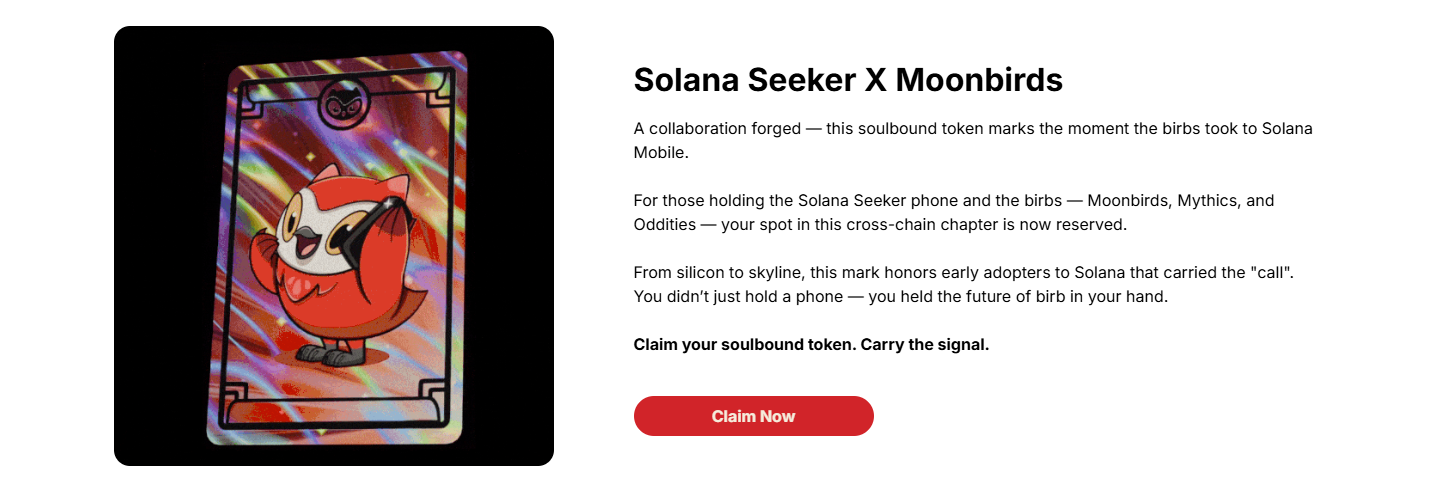
But can this ecosystem construction truly change the current situation where users buy but do not use? The outcome remains uncertain. However, as the first-generation product in the Solana phone narrative, Saga successfully established a marketing model but also exposed a core issue: Is the core competitiveness of Web3 phones their product attributes or financial attributes? If it is merely a ticket for airdrops, is the heavy operational cost required for it as a phone product truly necessary? If Web3 phones are to remain competitive without relying on airdrop expectations, what should their core selling points be in such a mature phone market?
Currently, the market situation for the second-generation device Seeker is much better than that of Saga, but until these key questions are resolved, Saga's fate may still be replayed.
免责声明:本文章仅代表作者个人观点,不代表本平台的立场和观点。本文章仅供信息分享,不构成对任何人的任何投资建议。用户与作者之间的任何争议,与本平台无关。如网页中刊载的文章或图片涉及侵权,请提供相关的权利证明和身份证明发送邮件到support@aicoin.com,本平台相关工作人员将会进行核查。
